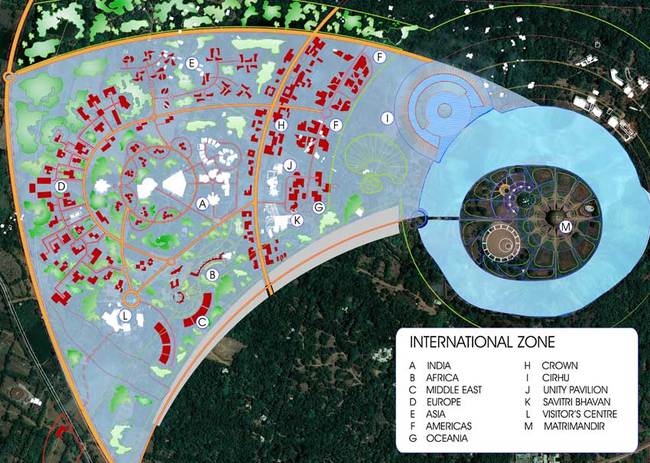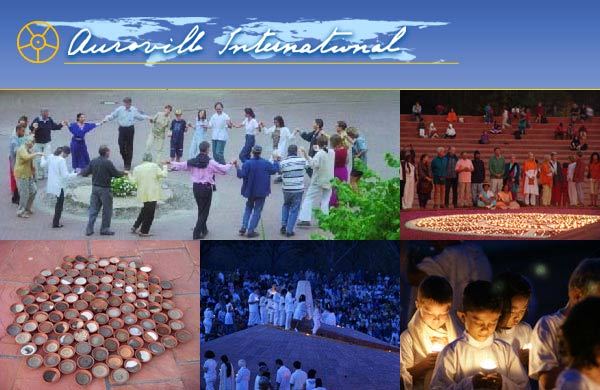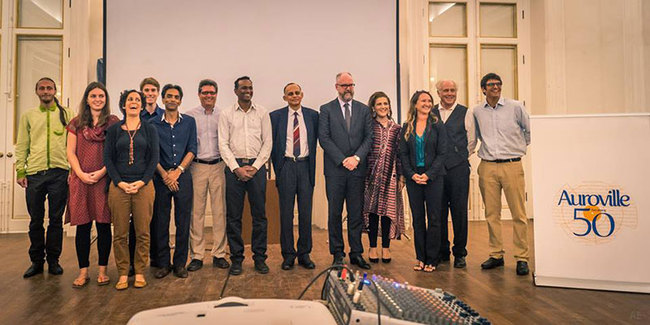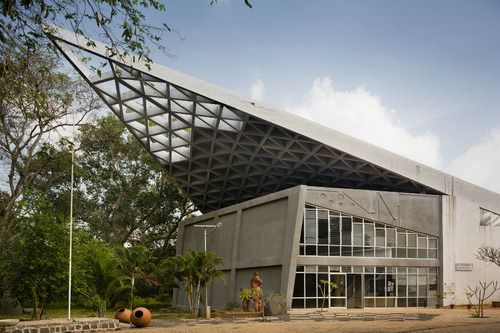Last updated:
George Nakashima's Peace Table for Asia in Auroville's Hall of Peace
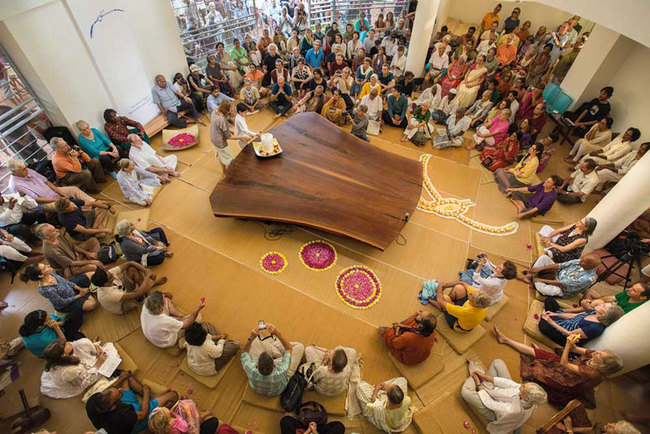
At the heart of Auroville’s Hall of Peace in the Unity Pavilion complex stands the Asian Peace Table. It is one of six magnificent tables created by master woodworker George Nakashima, envisioned to be placed in chosen sites on each of the continents of the world.
Peace, peace upon all the earth.
Not the peace of an inconscient sleep or a self-satisfied inertia;
Not the peace of a self-forgetful ignorance
And a dark, heavy indifference,
But the peace of the omnipotent force,
The peace of perfect communion,
The peace of integral awakening.
(The Mother)
A Table for Peace for each continent
All six tables are crafted from two great 300-year-old Eastern Black Walnut trees, as a symbol of humanity’s aspiration for peace between the peoples of the world and peace within all individuals, based on shared love for all mankind. The first table was completed in 1986 and placed in the Cathedral of St John the Divine in New York, USA. The second table was prepared for the celebration of the United Nations 50th anniversary, then, after serving as a unifying presence at the Hague appeal for Peace in 1999, it was installed in the Russian Academy of Art in Moscow in 2001. Meanwhile in 1996 the third table, meant for Asia, had been placed in Auroville. True to the vision of its founder, the Nakashima Peace Foundation continues this work and a fourth table is now completed, destined for the Desmond Tutu Peace Centre in Cape Town, South Africa. With the Hall of Peace completed, we aspire to initiate a programme of international peace work, linking up the Peace Tables and connecting activities inspired by them.
The Asian Peace Table is a large (3.6m x 3.6m) low-level table, and is placed in the Hall of Peace. Weekly meditations take place around the Table.
George Nakashima
George Nakashima, renowned Master Woodworker who was born in the United States but worked in a Tokyo architectural firm prior to World War II, came to Pondicherry in 1937 to help design and build Golconde, Mother's beloved guest house in the Ashram. He was so touched by Sri Aurobindo and Mother that he gave up all pay and lived as an Ashramite for the two years he was in Pondy. Sri Aurobindo gave him the name Sundarananda, 'One who delights in Beauty', and Sundarananda continued as a devotee for the rest of his life. He died in 1990.
Some twenty years ago, Nakashima conceived the idea of offering to each continent of the world a Table for Peace, crafted from two great 300-year-old Eastern Black Walnut Trees.
These trees had grown into extraordinary natural phenomena in the state of New York, something that, he said, "occurs perhaps only once in the history of a nation". They were about 1.5 metres in diameter at the small end, 2.1 metres at the flare, and 3.6 metres long. Their majesty called for a symbiosis of nature and man in the deepest spiritual sense, and Sundarananda felt the ultimate creative concept of their presence: "The only true destiny of these noble trees, favoured to grow as none of their peers were able to, is to be used in their full length and width."
Two adjoining slabs opened to match to make the most expensive pieces of furniture ever, Tables for Peace measuring 3.6 by 3.6 metres, one for every continent on earth, was the answer.
A token of man's aspirations for a creative and beautiful peace
In 1984, Nakashima related an experience he had had a few years earlier when he received the huge trunk of a walnut tree in his Pennsylvania studio. As he later wrote, "In a small but firm voice, [it] asked to be realised" as an Altar for Peace. "It will be a symbol, a token of man's aspirations for a creative and beautiful peace, free of political overtones; an expression of love for his fellow man. We have become so basically disoriented with our blind faith in science and technology without spirituality, it has brought us to the pit of madness."
Peace Table for USA in New York City
In 1986, on New Year's Eve, the first Table was placed in the Cathedral of St. John the Divine in New York City. That auspicious night the beautiful ecumenical Peace Table of black walnut was dedicated with a concert for Peace conducted by Leonard Bernstein and blessed by representatives of the religions of the earth before diplomats of many nations. In the ensuing years prayers for peace in all tongues and traditions and by all people have been offered there. When Sundarananda passed away in 1990, mountains of flowers were lovingly placed upon the Table at the interfaith memorial service.
Peace Table for Europe in Moscow
Some time ago, on the 24th of September 1995, a second Peace Table was dedicated at an interfaith celebration for the Fiftieth Anniversary of the United Nations in the Cathedral of St John the Divine. Its concluding ceremony, which included a keynote address by Boutros Boutros-Ghali, Secretary General of the United Nations, also included talks around the table by Mark Dixon, the great grandson of Winston Churchill, and Ela Gandhi, the granddaughter of Mahatma Gandhi. The ceremony included a three-hour pageant with prayers and songs from representatives of many religious faiths. The ultimate destination of this second Peace Table was to be Russia, where it was officially placed and inaugurated on June 26th, 2001.
Peace Table for Asia in Auroville
The 29th of February 1996 marked the inauguration of the third Peace Table, placed in Auroville. The 29th of February was called by the Mother 'The Golden Day", for on this day in 1956 the manifestation of the Supramental took place upon earth. "There have been all kinds of predictions, by all kinds of prophets; it had been said, 'There will be a new heaven and a new earth, a new race will be born, the world will be transformed.' On this day, a new world was born."
It was on this date, 29th February 1996, that the Table of Peace was installed in the City of the Future, where the Centre of Indian Culture graciously received it on behalf of Auroville. On the 11th of February 2014 the Table of Peace was moved to its permanent location in the Hall of Peace in the Unity Pavilion .
May this Symbol of Peace be a token of humanity's aspiration for peace between the peoples of the world, for love for all mankind, for peace within ourselves.
See also: www.nakashimafoundation.org
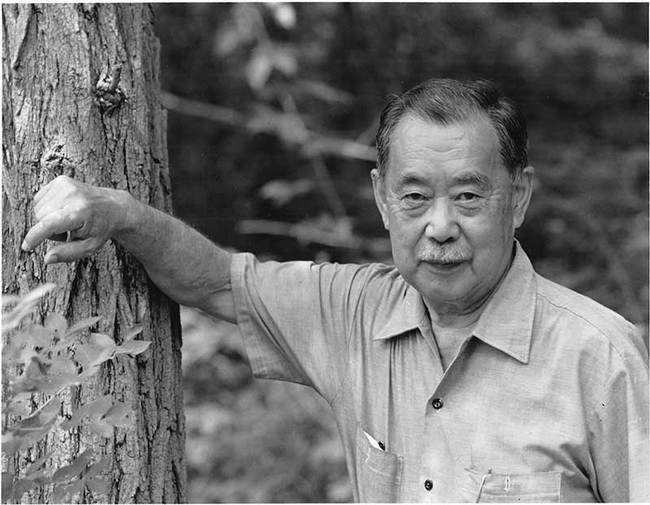
-

Bulgarian Pavilion
-
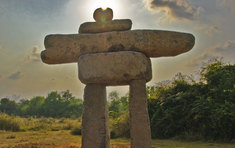
Inuksuk and the Canadian Pavilion Group
-

Scandinavian Pavilion
-

Inauguration of the Peace Table for Europe
-
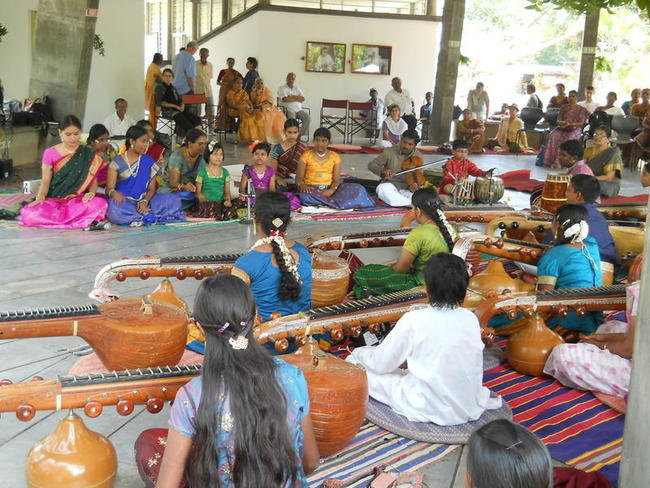
Tamil Heritage Centre (THC)
-
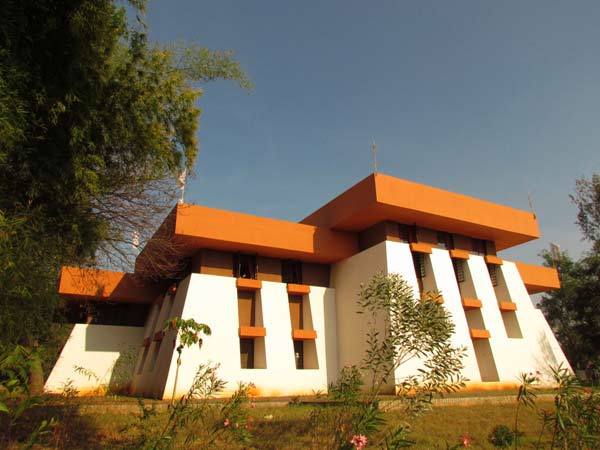
Pavilion of Tibetan Culture
-
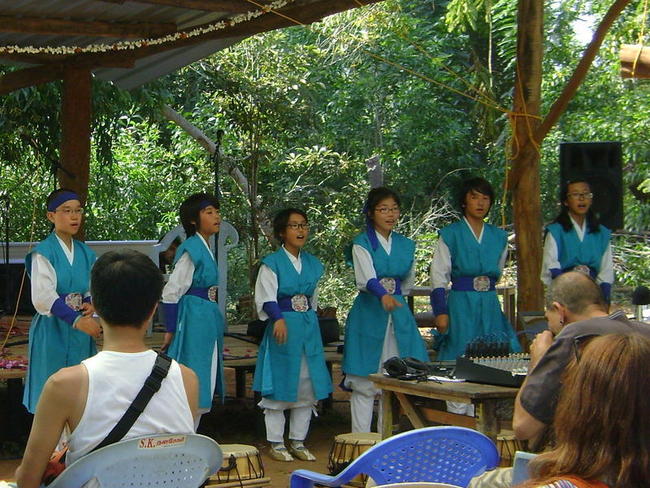
Korean Pavilion
-
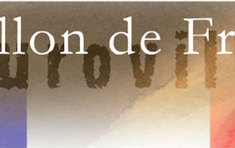
French Pavilion - Pavillon de France
-

Centre for Indian Culture
-
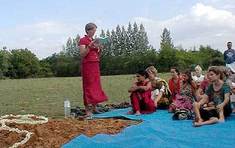
German Pavilion
-

The Hall of Peace
-
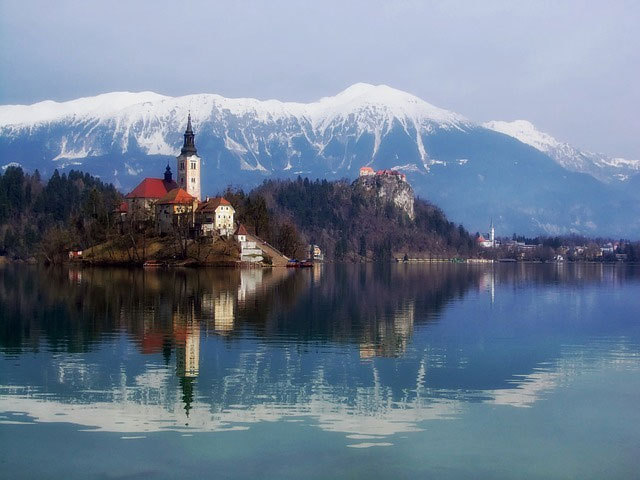
Slovenian Pavilion
-

Italian Pavilion
-

Alpona - Images and sounds from Bengal
-
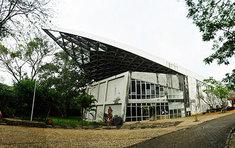
Bharat Nivas - Pavilion of India
-
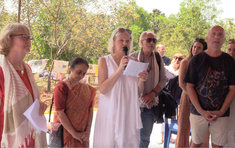
The European House
-
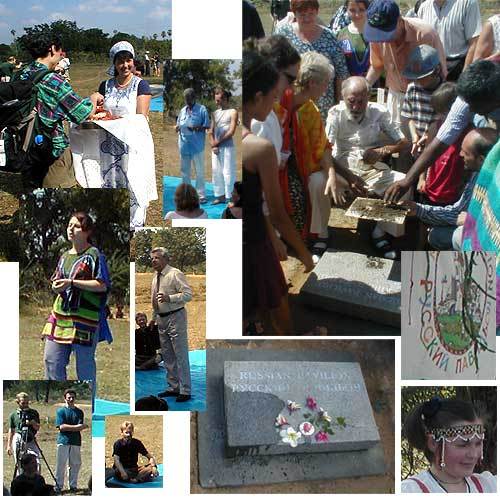
Russian Pavilion
-
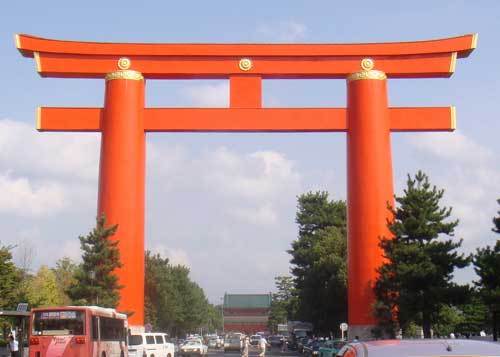
Japanese pavilion
